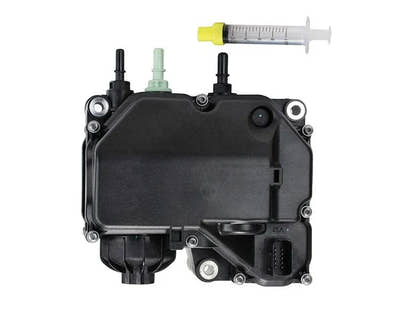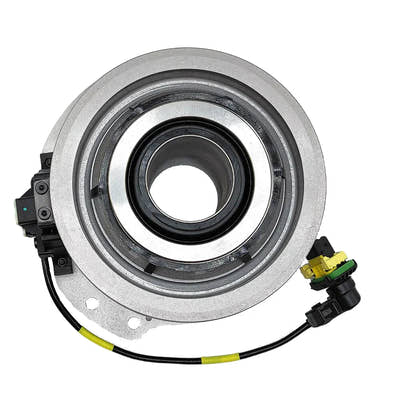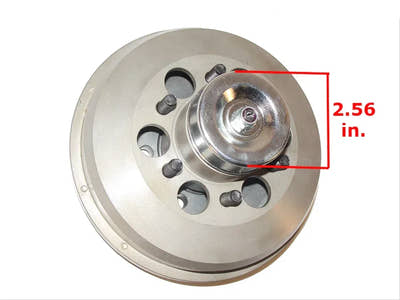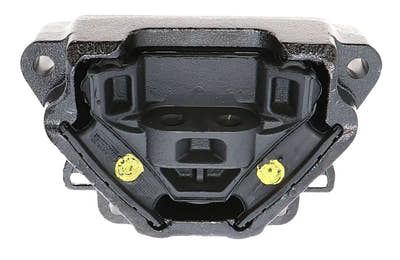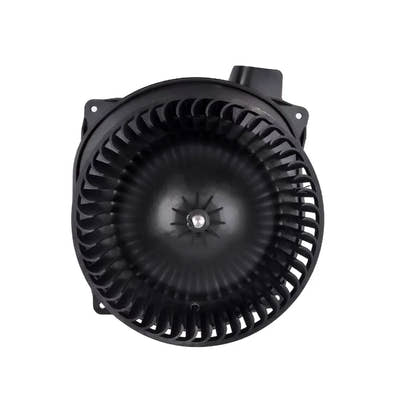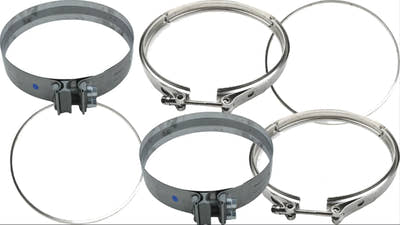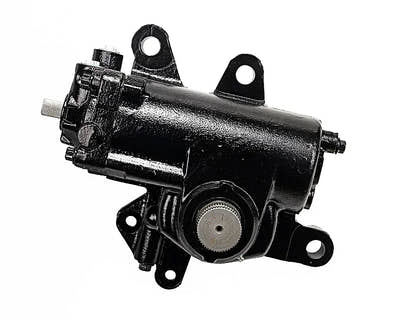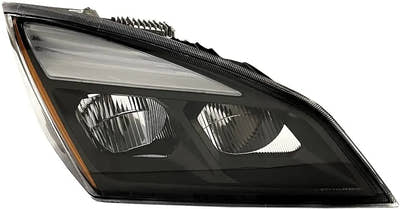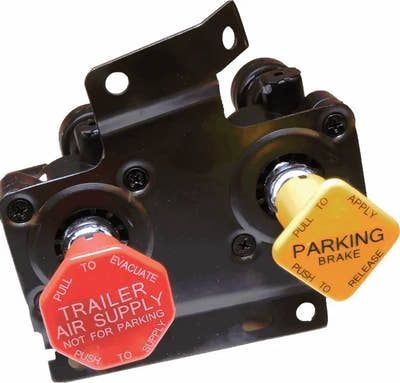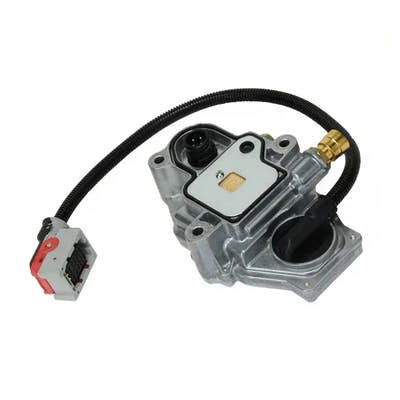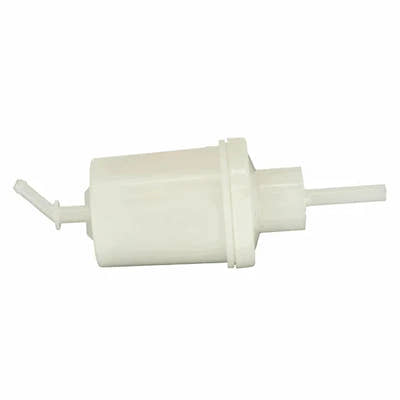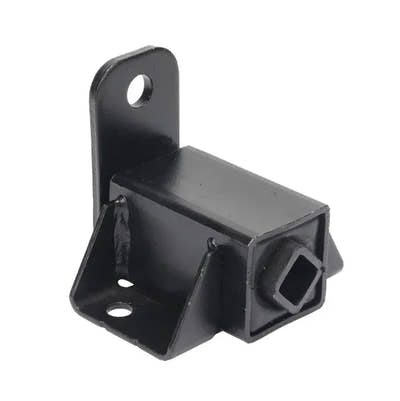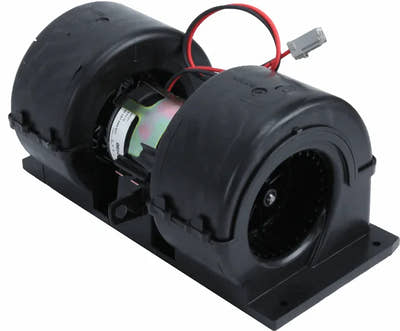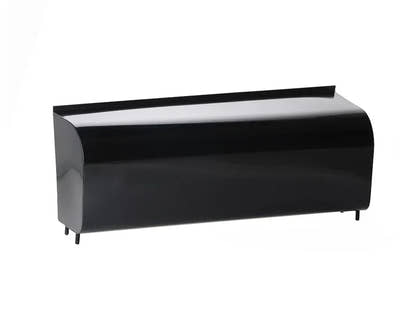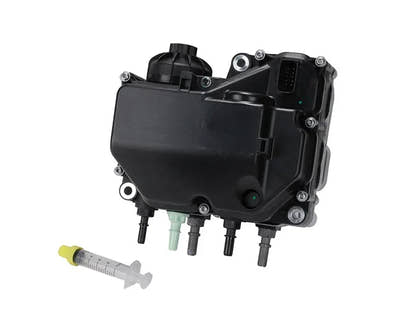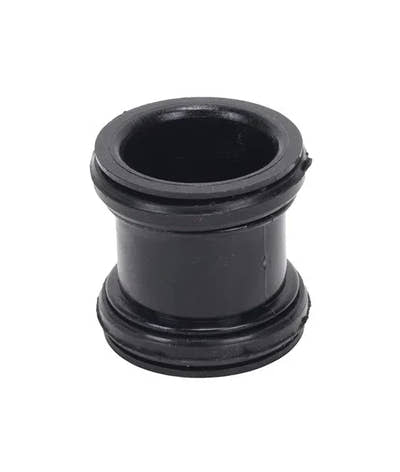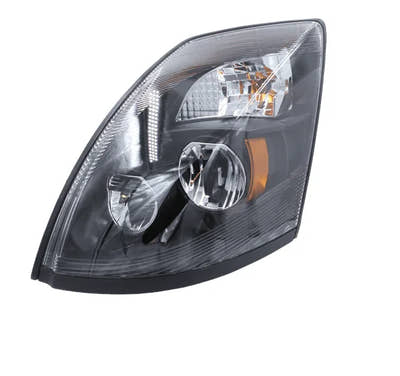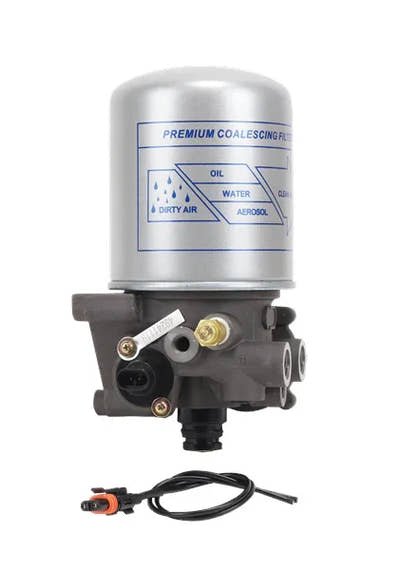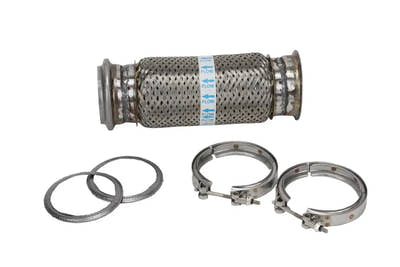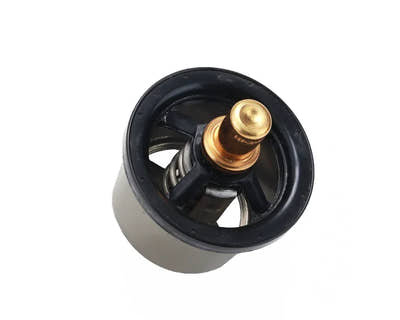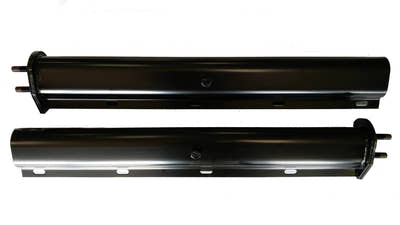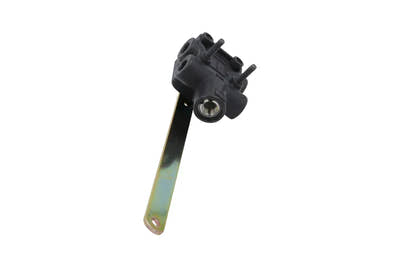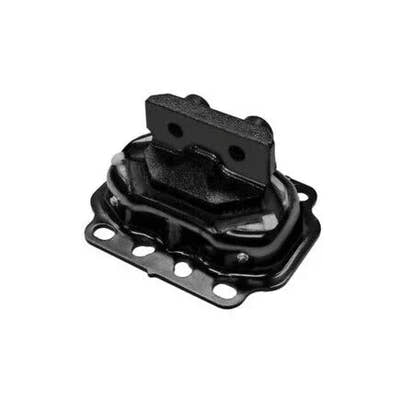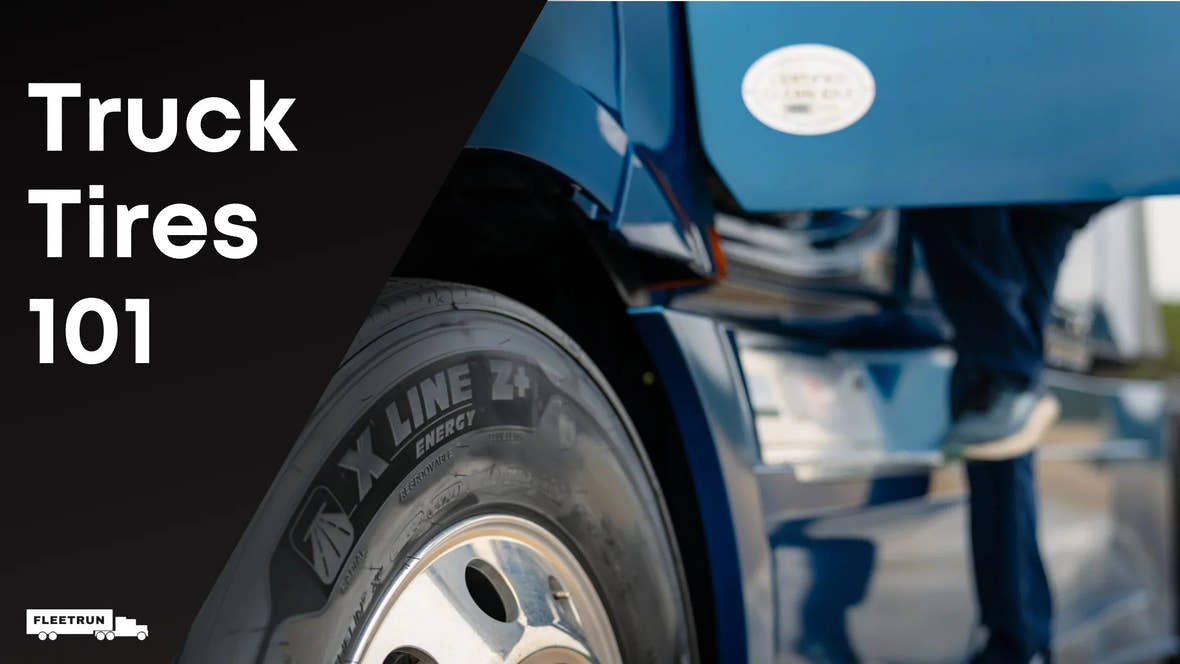
How to Choose The Right Tires for Your Semi-Truck
The tires are probably the hardest-working component of your truck, and their quality and condition will drastically impact your truck’s performance. Not all tires are made equal, so it is important to know which type is a good fit for your truck. Most of the time you will have a set of all-season tires, but if your route involves a big off-road portion, you may want to have mud-terrain tires in the spare holder. By the end of this article, you will be able to select the right type of tires for your semi-truck.
Types of Semi-Truck Tires

Semi-truck tires come in several types, each designed for specific applications. The main categories include steer tires, drive tires, and trailer tires.
- Steer Tires: These are placed on the front axle and are responsible for steering. They need to provide excellent handling, traction, and wear resistance.
- Drive Tires: Located on the rear axle, drive tires need to offer good traction since they transmit the engine's power to the road.
- Trailer Tires: These are used on trailers and are designed to carry heavy loads, providing stability and durability.
In terms of seasonality and type of terrain, there are other 3 main types:
- All-season tires
- All-terrain tires
- Mud-terrain tires
Grip and Performance

When it comes to tire grip, there are two main options - hard and soft tires.
- Harder Tires: Better durability and fuel efficiency; Worse ride comfort.
- Softer Tires: Better grip and a smoother ride; They tend to wear out faster, and fuel efficiency is not as good.
Considering these pros and cons, you should be able to make your decision pretty easily. If you drive long hours and value your comfort, you may want to choose softer tires, but if you want to be economical and as efficient as possible, harder tires are the better option.
Load Capacity

Tires from different brands have different load ratings. If you know you will transport heavier loads, you should always pay close attention to the maximum capacity the tires you’re looking to purchase can handle. Overloading tires can cause premature wear, blowouts, and accidents.
Tire Sizing

Tire sizing is another important factor to take into consideration when buying a new set of tires. The most common sizes are 295/75R22.5, 275/70R22.5, and 225/70R19.5. These numbers may be confusing, so let’s take 295/75R22.5 and explain it. The 295 is the tire width, which can be expressed in inches or millimeters. The following digits - after the slash - 75, is the aspect ratio or the height of the tire from the tread to the bead, in relation to its width. The letter represents the construction method: radial (R), diagonal (D), and bias belt (B). The numbers at the end represent the rim diameter or the diameter of the center of the tire.
Conclusion
Choosing the right tire is a combination of your preferences, the terrain, the type and weight of the loads you typically carry, and the sizing of the tires, according to your truck’s manual. If you consider all these details, you will be able to purchase the most appropriate tires for you and your 18-wheeler buddy. Keep hauling!

